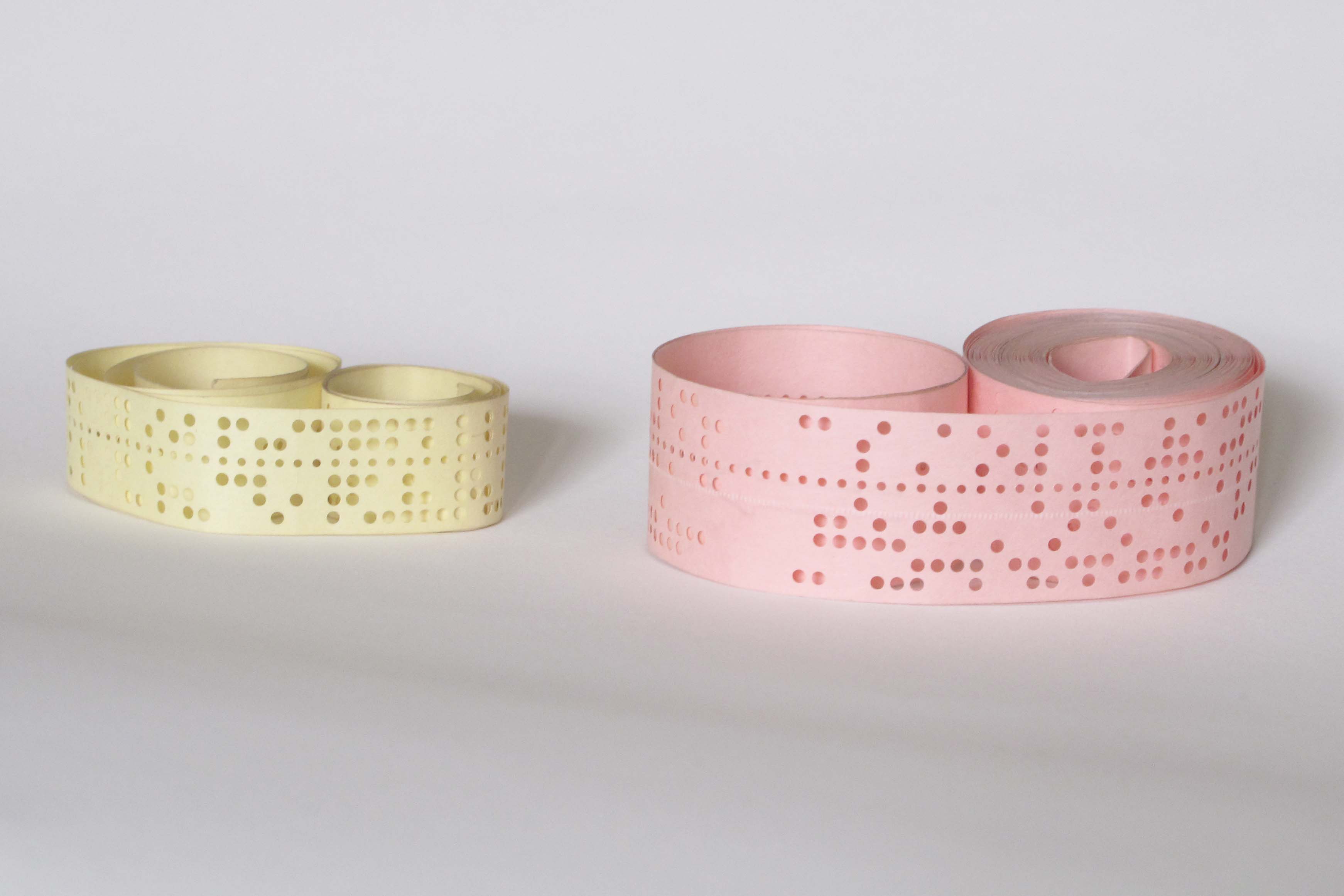Reporting in the Eighties
Imagine a business environment where no internet exists and computers can be found only in big corporations. Computers not in the size we know, but the big main frame monsters that fit in big rooms. Alright, let’s make it easier; let’s assume that the computers are not that bulky, they can fit two of them in a room.
The means of communication were limited to the telephone, snail mail, telegrams and telex.
Welcome to the 80s…
Imagine now that we work in a multinational chain hotel and we still do have monthly reporting requirements with strict deadlines; the deadline is on the fourth working day. It sounds familiar, correct?
Then, with those limited means of communication, the most convenient way to transmit the reporting data was the telex. We must not forget that in those days telex was the first user interface with computers. The usual method of operation was that the message would be prepared off-line, using paper tape. All common telex machines incorporated a 5-hole paper-tape punch and reader. Once the paper tape had been prepared, the message could be transmitted.
The data entry process was rather tedious:
Once the financial results were available, the chief accountant had to write down on a long sheet and in a coded format the data. That sheet was pre-printed with the coding and called the “pegboard”. There was no pegboard system in place; apparently the term was remnant from the 60ties.
The form was rather simple; the codes were letters or combination of letters of the alphabet: A was for room’s revenue, B for food revenue C for beverage, etc. …

telex punched tape
Then, after a second person had verified the numbers, it was the secretary who had to type in the data to the telex and prepare the punched tape.
Ah, by the way, all department heads had a secretary. One can imagine, with no desktop computers, all correspondence internal or external had to be typed with typewriters. Only a handful had electric IBM typewriters, for the general population the manual Olivetti’s were available. The personal assistant title became into use in the nineties.
To avoid any typing errors, the telex printout was compared against the original text. The correction of any typing errors meant that the secretary had to retype the specific section and create a new perforated tape. Then she cut the erroneous section from the initial tape and then glue the new section. It sounds easy, but it wasn’t; one had to know which perforated section of the tape to cut. Now you can understand one of the original uses of the term cut and paste!
